9+ Spots to Explore History in Upper Manhattan That You Should Know
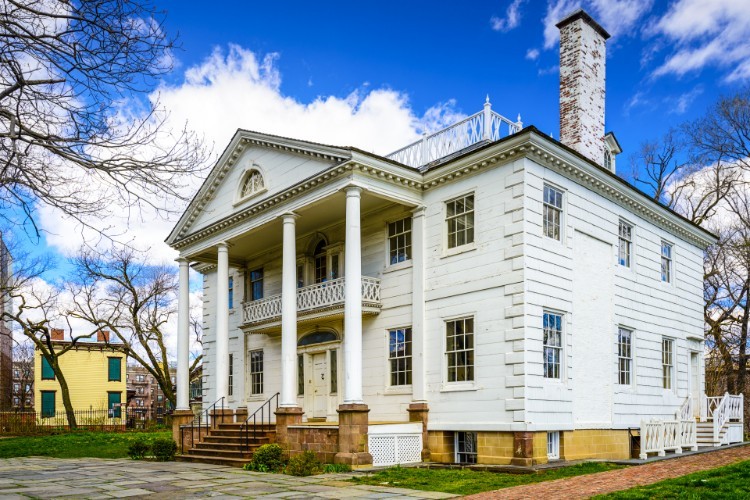
There's plenty for history buffs to sink their teeth into all over New York City, but if you want to delve into history across a variety of cultures, you really shouldn't pass up the opportunity to head into Harlem and Washington Heights. With streets full of historic architecture, important sites spanning from pre-colonial Manahatta to the 20th century, and beautiful views, there's something for every kind of history enthusiast uptown.
Here are a few suggestions to help you get started exploring.
Keep Exploring Uptown
Morris-Jumel Mansion and Jumel Terrace
The Morris-Jumel Mansion, located in Washington Heights, is the oldest surviving residence in Manhattan. Built in 1765, the house was used as a headquarters during the American Revolution by both then-General George Washington and then the British. After the war, the house was a tavern for a few years, and then became a private home again.
A house museum since 1904, it is currently open for self-guided ($10) and staff-guided ($16) tours of the mansion and grounds. Stop by to learn about the lives and history of the house’s occupants, enjoy the arts and cultural exhibitions, or visit the adjacent Jumel Terrace Historic District, a cobblestone street lined with picturesque 1890s rowhouses.
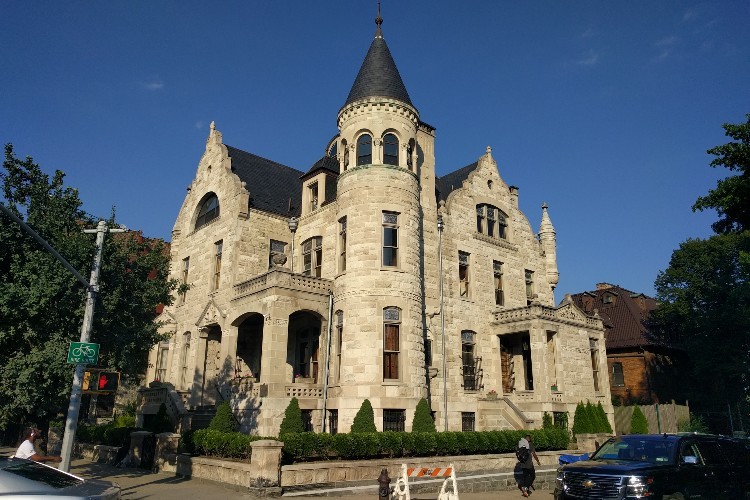
Getting Hungry?
Sugar Hill Historic District
Tucked between 145th and 155th Streets and bounded on the west by Amsterdam Avenue and on the east by Edgecomb Avenue is the Sugar Hill National Historic District. During the Harlem Renaissance, the neighborhood got its name for being a place where the sweet life was enjoyed. Wander down the streets enjoying the colorful row houses in a variety of early 20th century styles, many of which were occupied by notable figures like W.E.B. DuBois, Aaron Douglas, and Thurgood Marshall.
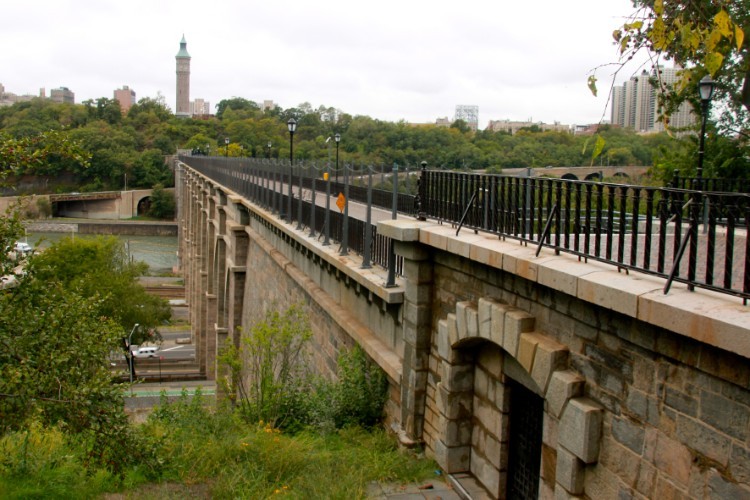
Highbridge Park and the High Bridge
Stretching along the Harlem River from 155th Street all the way to Dyckman Street, Highbridge Park is named for the High Bridge, which was built in the mid-1800s as part of the Croton Aqueduct system that carried water from Westchester to New York City. After a walkway was completed over the aqueduct’s main pipe, the bridge became a popular promenade. After a period of disuse, the bridge was repaired and reopened to the public in 2015, and now visitors can take a walk in the footsteps of 19th century New Yorkers while enjoying beautiful views of the Harlem River.
If walking the High Bridge hasn’t worn you out, you can head to the southern end of the park to see Coogan’s Bluff, the location of the Polo Grounds, where the New York Giants and Mets played. Demolished in 1964, all that remains of the Polo Grounds stadium is the John T. Brush Stairway that once led to the ticket booth.
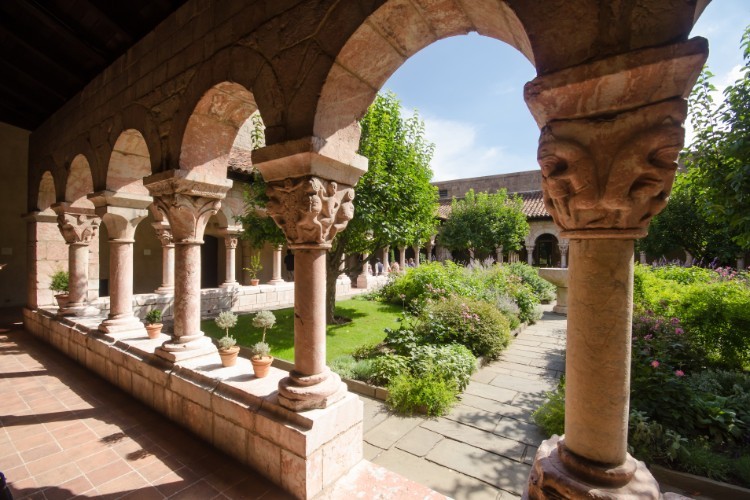
The Cloisters and Bennett Park
The Cloisters museum, a branch of the Metropolitan Museum of Art, isn’t just built to look like a medieval monastery. Pieces from actual European monasteries were brought to New York by John D. Rockefeller, Jr., and their cloisters were rebuilt on a towering hill in Fort Tryon Park. The Met has filled the halls with recreations of medieval spaces and medieval art, as well as planting monastery gardens.
While you’re there, don’t miss the chance to visit the highest spot in Manhattan (265.05 feet above sea level), just down Fort Washington Avenue in Bennett Park.
(Travel tip: Unless you’re in the mood for some exercise, take the A train to 190th Street, and let the elevator in the station take you most of the way up to The Cloisters. The hill is no joke!)
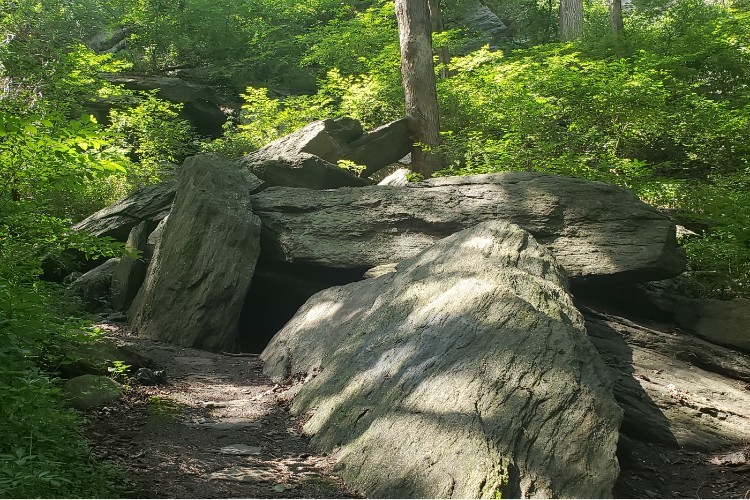
Inwood Hill Park and Shorakkopoch Rock
Step into an even older era of New York’s history in Inwood Hill Park. Before the arrival of Dutch and English colonists, the island of Manahatta was inhabited by the Lenape people, and the pre-colonial history of the island is clearly visible in Inwood Hill Park. A trek through the huge trees and boulders feels like a step into the time before the area was urbanized. While Inwood Hill Park was never developed after the arrival of Europeans, it was inhabited by the Lenape, and evidence of their lives continues to be discovered throughout the park.
Take a walk past the caves that the Lenape used for shelter prior to their displacement, visit the alleged site of the unlawful transfer of the island to Peter Minuit from the Lenape, find the location of a Revolutionary War fort, visit Manhattan’s last remaining salt marsh, and, if you’re lucky, glimpse a bald eagle.